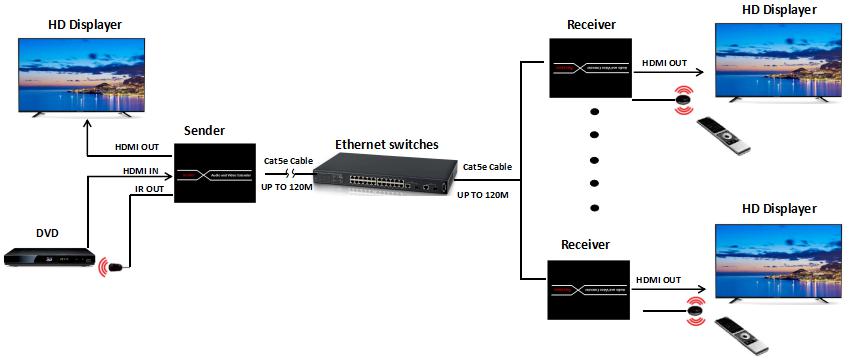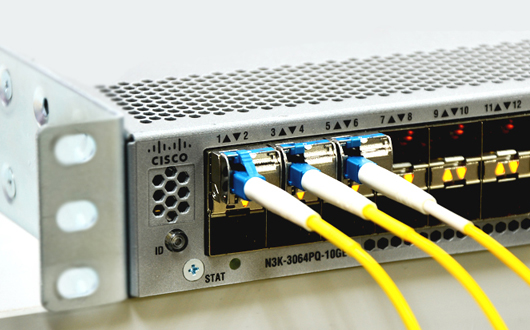In the transition to transporting video over IP (Internet Protocol) infrastructures, it is essential that broadcasters maintain a common, ubiquitous set of protocols and practices for transmission of video and audio over IP. The same level of interoperability experienced in SDI networks must remain in order to ensure the same plug-and-play compatibility among various manufacturers’ products.
Substantial progress has been made by standards-making bodies like SMPTE, AES, and the EBU in insuring a high level of compatibility between IP devices. Covering both compressed and uncompressed standard and high definition video, the ST:2022 standard allows equipment from multiple manufacturers to work together seamlessly. SMPTE ST:2022 is a series of standards and has enabled sports broadcasters to transport error free video across managed IP networks. Today, the SMPTE standard has been expanded to cover uncompressed video, audio, and data at speeds up to 3 Gbps and beyond, and provides hitless protection switching (ST: 2022-7) to ensure smooth transmission.
With the emergence of IP in sport broadcasts, the need to maintain and improve synchronization among end points, devices, and processes across a broadcasters’ network is critical. This is of most importance in live broadcast productions. Precision Timing Protocol (PTP) is the backbone of an IP live broadcast as it enables the integration of audio and video in the time and phase domain, allowing for effective media processing. By leveraging the networking flexibilities of IP and combining it with a sound implementation of PTP, broadcasters could cost effectively introduce novel workflows, resulting in an improved and unique viewer experience. In addition, it allows for leveraging the efficiencies of media essence integration, remote production, and the ubiquity of IP networks to deliver live content of second and third-tier production. PTP is the foundation upon which broadcasters can build automatic processes, creative workflows, and innovation.
Having a cost-effective, single converged infrastructure for many different types of signals is encouraging the migration towards IP-based technologies on many level from video contribution, the process of transmitting HD video from a remote source (such as a sports arena) to a broadcast facility for production and distribution, to distributing a fully produced linear video channel (such as from a local broadcast affiliate) via backhaul and sending it to a national or regional television delivery provider, such as a satellite TV, CATV or OTT operator.
Contribution and backhaul links can involve long distances and tend to focus on low-delay, high-quality video signal formats. Long distance IP networks have become more cost-effective due to bandwidth-saving compression solutions. More broadcasters are migrating their contribution and backhaul video circuits towards managed IP networks. This trend is particularly apparent in terrestrial point-to-point services that replace dedicated satellite circuits.




























